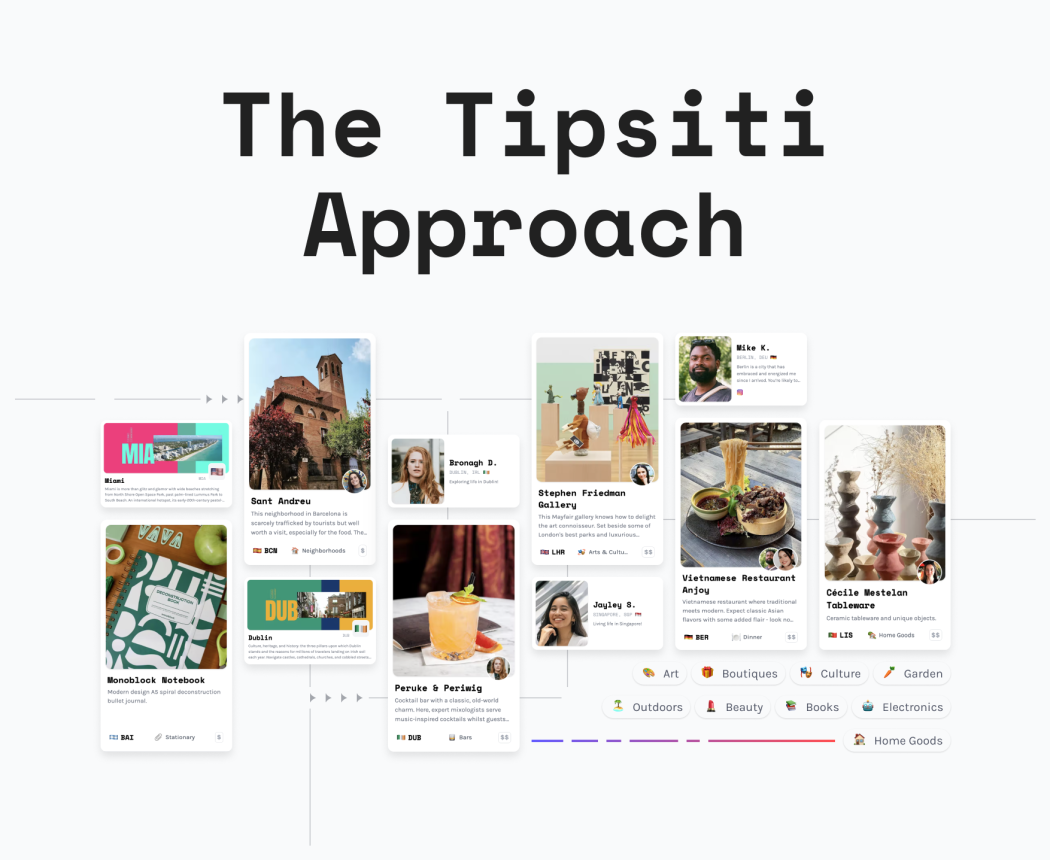San Francisco's Beat Generation: A Literary Tour
San Francisco has long been a muse for writers, though the exact anatomy of the city’s appeal to writers is imprecise. Still, it remains filled with literary landmarks – from the enduring haunts of Beat Generation poets who once roamed the streets to diverse neighborhoods that continue to inspire contemporary novelists. Let’s walk part of San Francisco’s literary trail…
Still as much a literary meeting place as it was upon its inception, City Lights Bookstore is a mecca for the written arts in San Francisco. Part-founded by Lawrence Ferlinghetti, the independent store played a pivotal role in the Beat Generation literary movement. Though not a Beat poet himself – by his own admission – Ferlinghetti was an avid supporter of San Francisco-based counterculture and the sociopolitical conversations spurred by the Beat authors, hosting readings on the store's upper floors and famously publishing Allen Ginsberg’s “Howl.” Proof of the societal confines to which he opposed, City Lights’ publishing of Ginsberg’s work subsequently found Ferlinghetti behind bars on counts of obscenity. Ensuing victory at trial only brought City Lights more widespread acclaim, lifting the store to heights as a cultural cornerstone of the Beatnik movement.
Today, City Lights Bookstore stocks works from major publishing houses, an extensive collection of poetry, and independent literature across three floors.
Adjacent, the renowned saloon Vesuvio Cafe endures, once a favored watering hole of Beat writers who spent long nights exchanging ideas in City Lights, and now a pilgrimage for those who follow in their footsteps. Walls clad in memorabilia add to the Beat-era toasts and historic atmosphere.
Jack Kerouac Alley separates the two landmarks. Dedicated to the author who, for many, wore a crown among the Beat Generation, the passage is adorned with colorful murals and quotations from Kerouac and his Bay Area peers.
The Beat Museum documents many of these tales. After a three-year stint on the road in an Airstream RV, the museum put down roots in San Francisco’s North Beach neighborhood, a matter of paces from the likes of City Lights and Vesuvio – the epicenter of the Bay’s Beat activity. The site houses an extensive collection of memorabilia, notable manuscripts, books, letters, personal effects, and other Beat-related paraphernalia. Though prominent writers like Kerouac, Ginsberg, and Neal Cassady take center stage, time and space are given to other movement figures.
A block north, Caffè Trieste continues its part in the long and storied relationship between writers and cafés. Since opening in 1956, it served as a meeting space for Beat movement writers and other resident authors. Even today, brainstorming authors sit on worn chairs amidst daily conversations and coffee slurps, many assumably hoping to catch inspiration from the memories of prior patrons – after all, it was in Trieste that Francis Ford Copella wrote much of his screenplay for “The Godfather.”
The Beat Generation may have started as a counter-cultural response to the norms of the era, but their legacy lives on in San Francisco. It was there, in its now-landmarks of City Lights Bookstore, Vesuvio, and Trieste, that they challenged convention and questioned authority. Assuredly, San Francisco will remain a muse, as it was for Kerouac, Ginsberg, and the entire Beat Generation.
